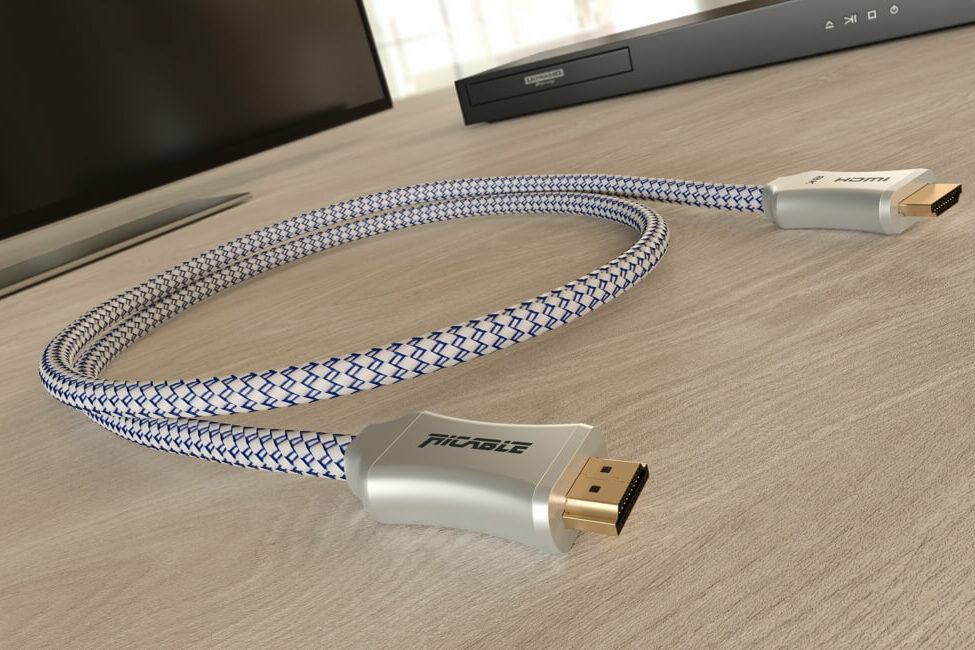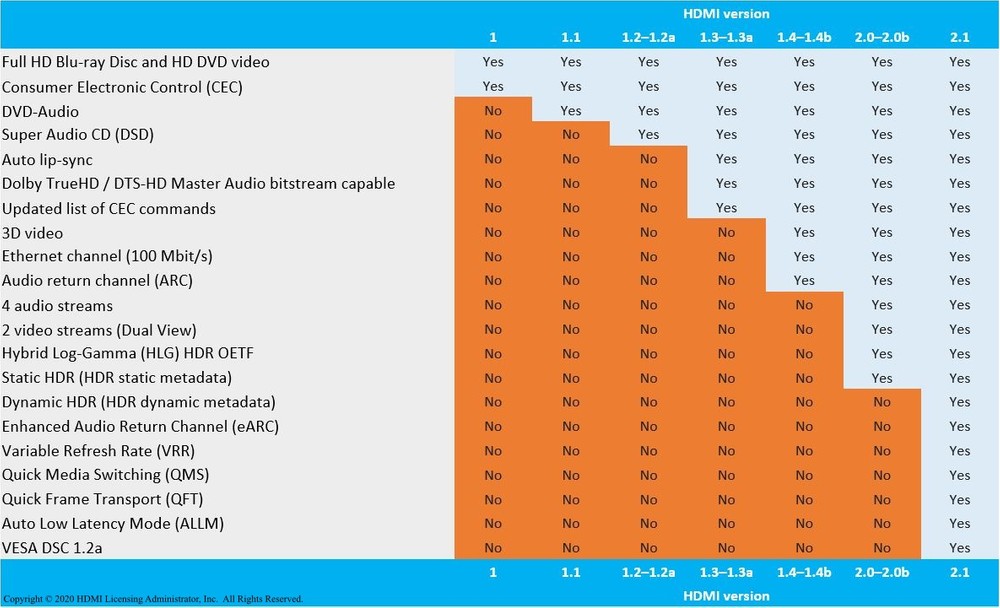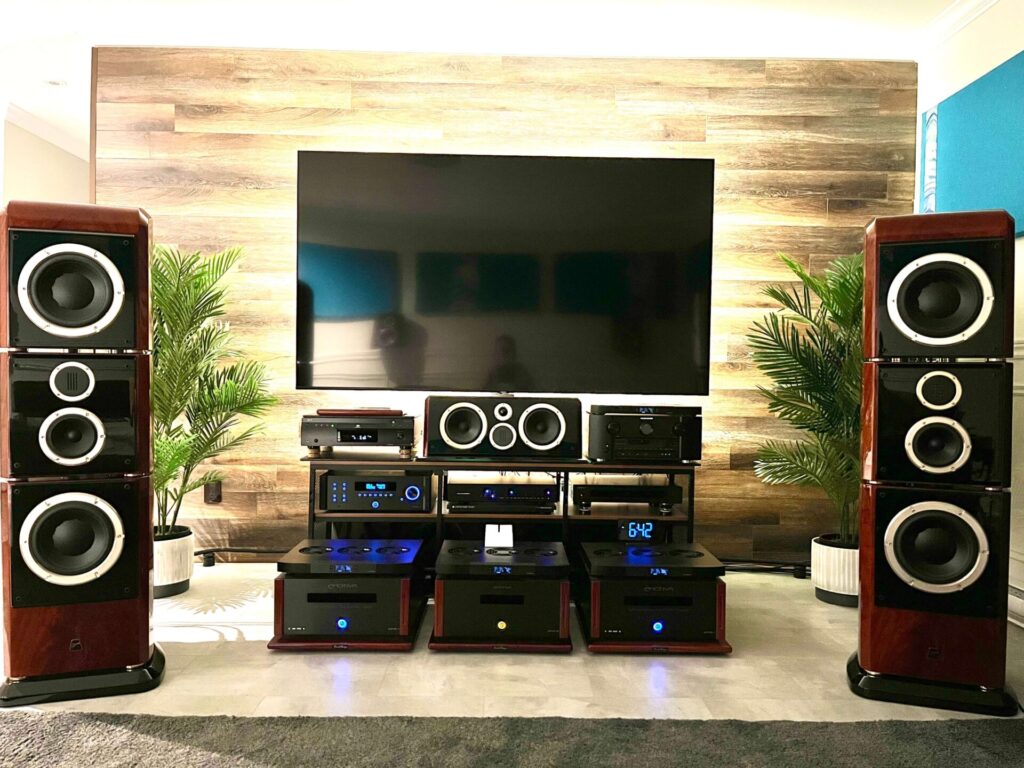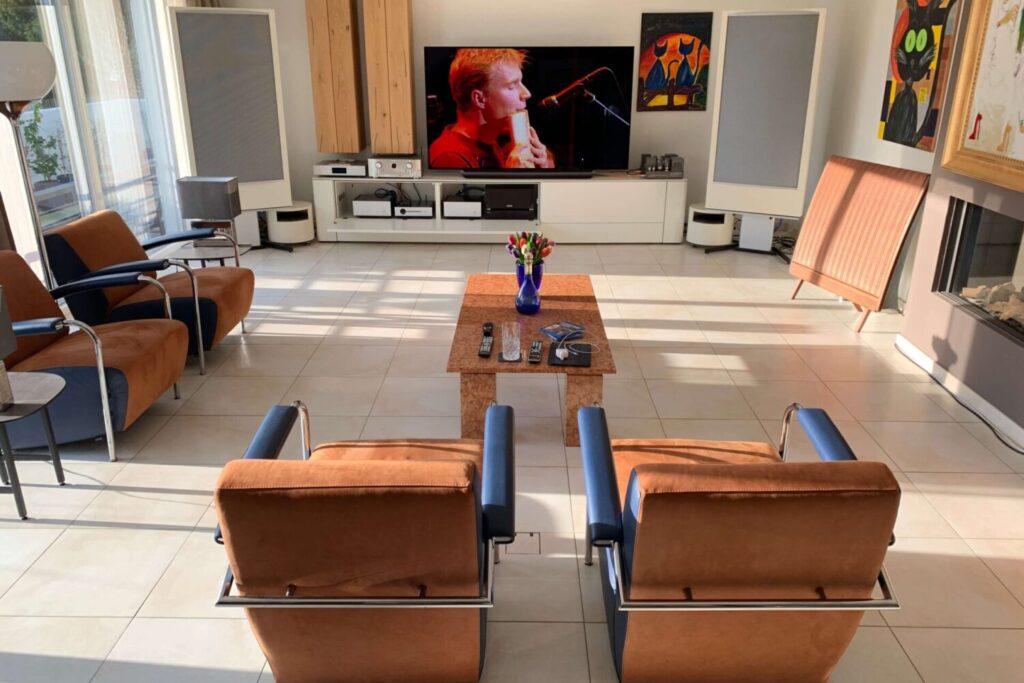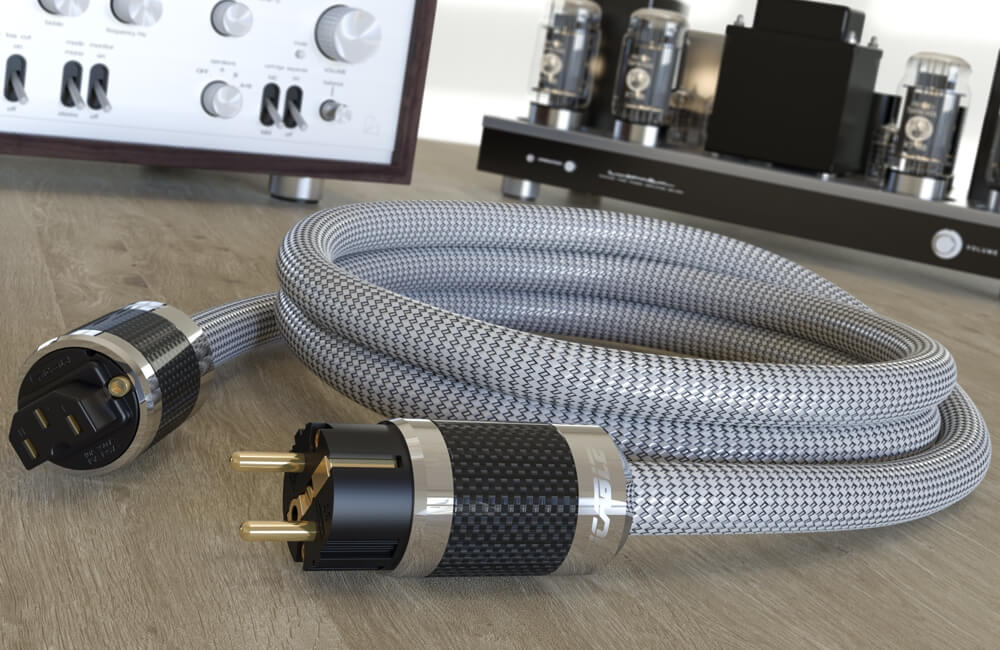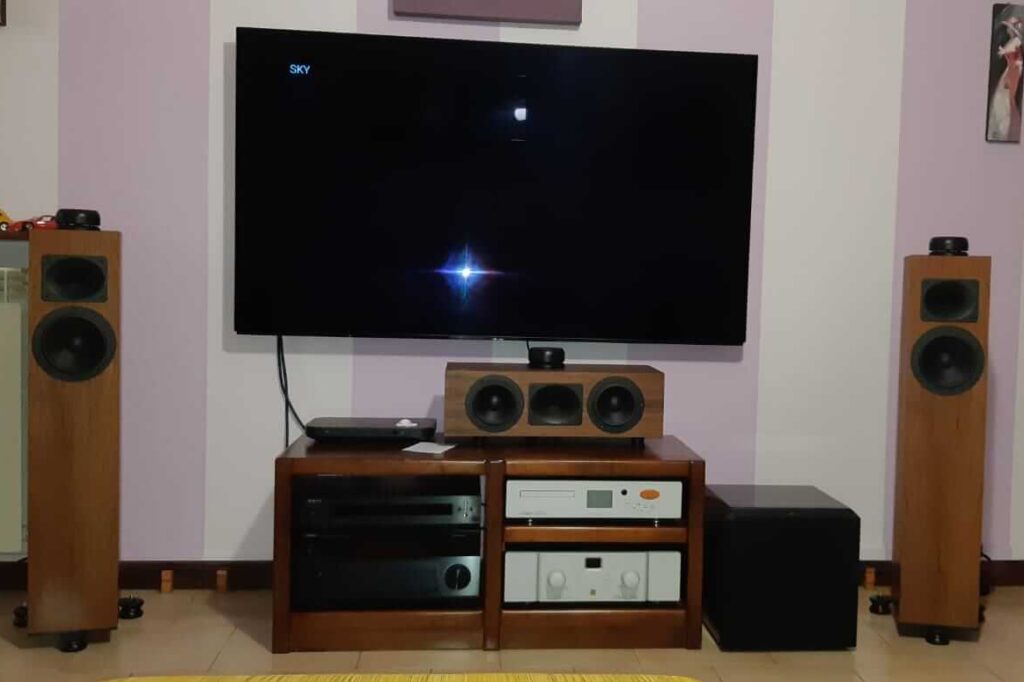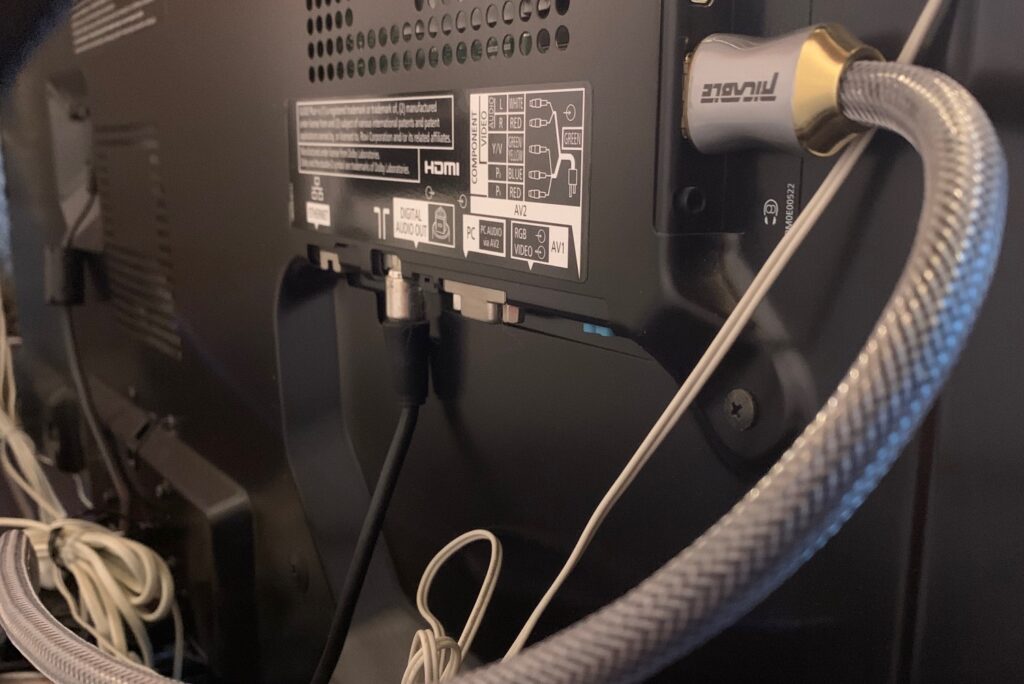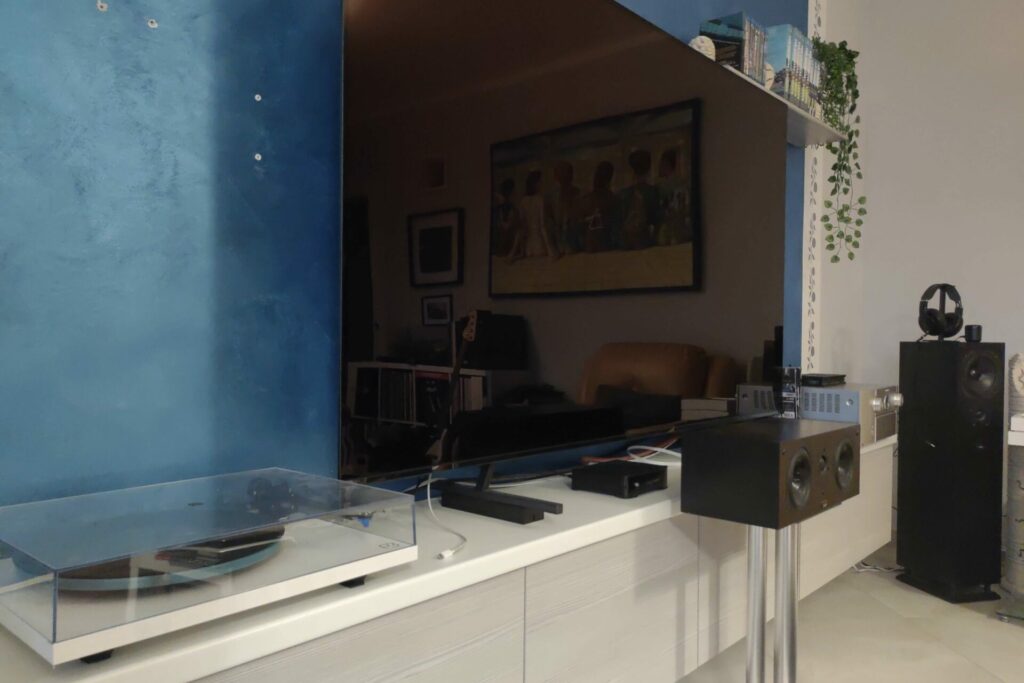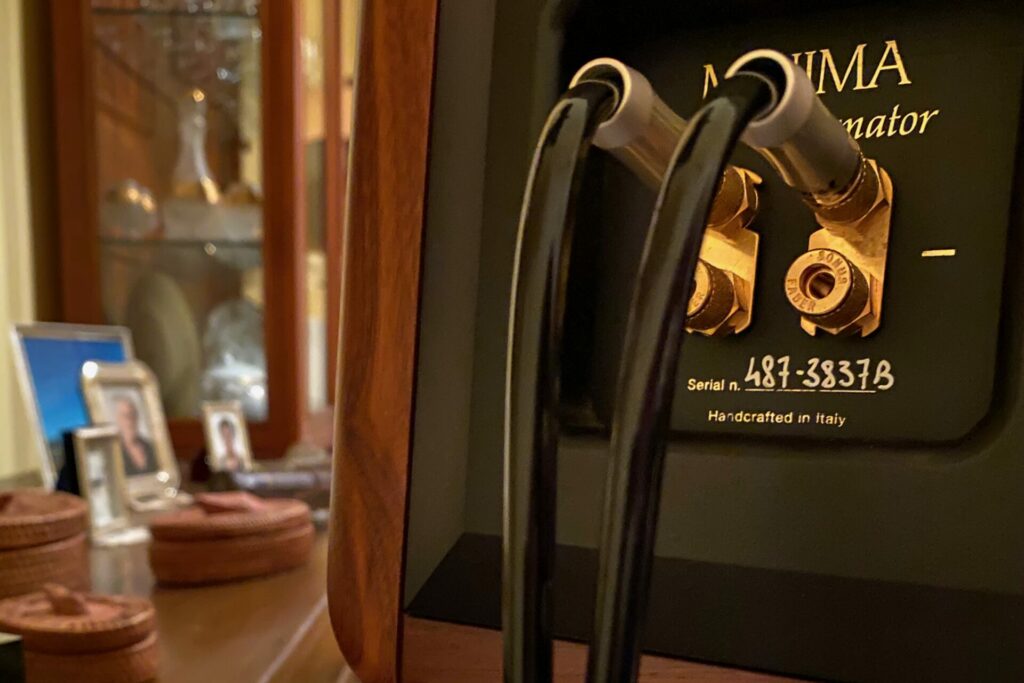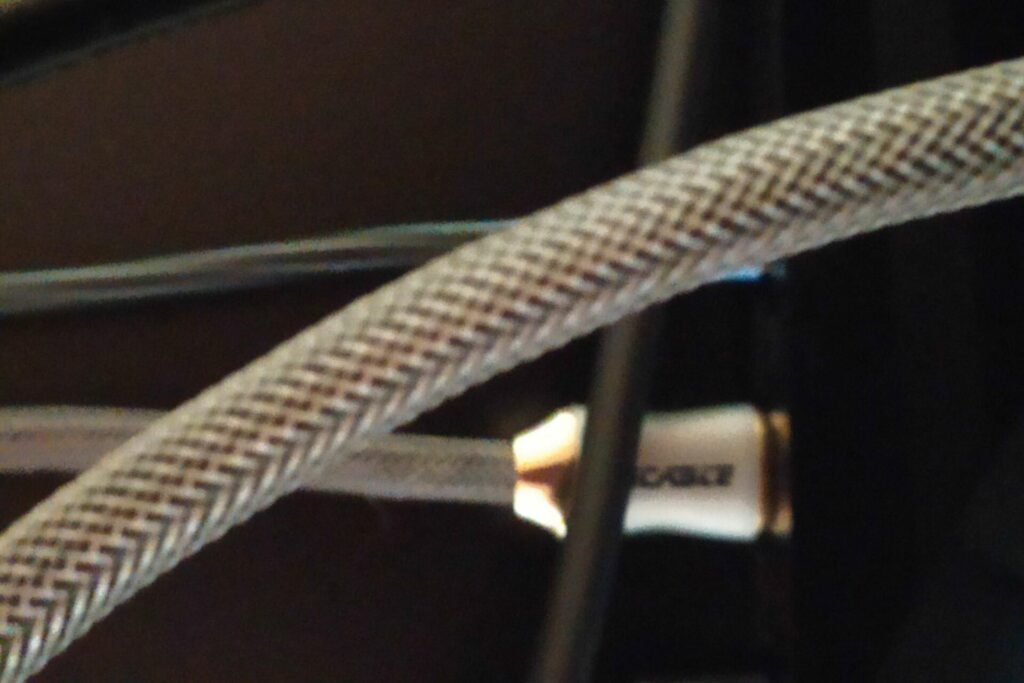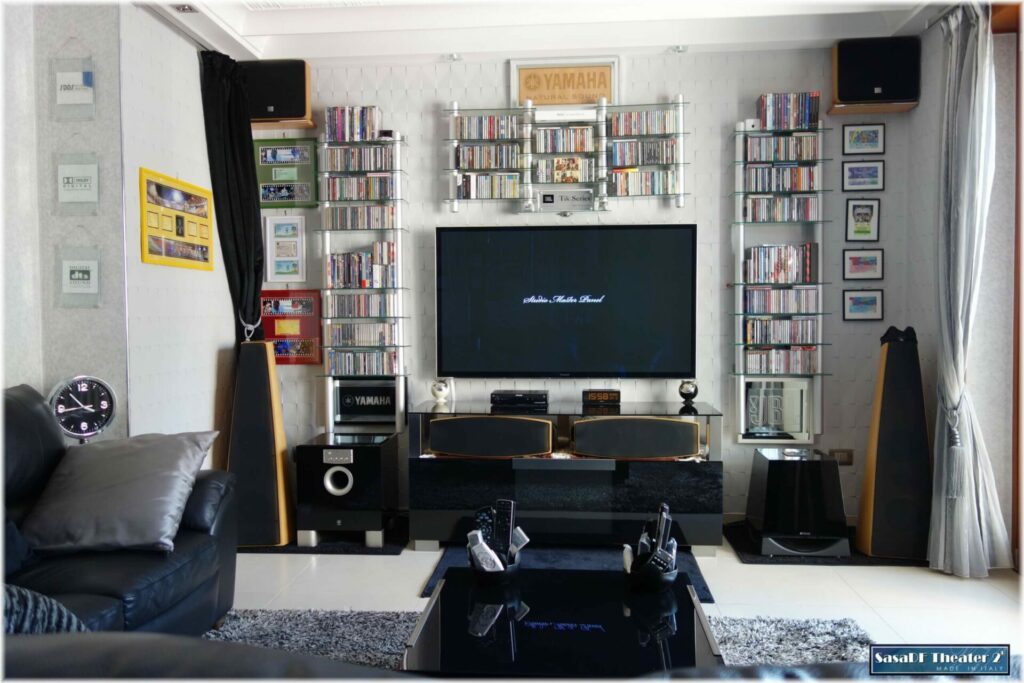"What are the differences between HDMI 2.0 and HDMI 2.1?". This is the question that arises spontaneously when Visus HDMI 2.1 becomes available on our website. This HDMI 2.1 cable has been eagerly awaited and requested by our most loyal customers and others for several months now. Unlike most of our products, however, Visus is not just a product of Ricable design. It is also a child of a standard protocol 'imposed from above'. It is also the child of a design that we have had to strictly adhere to in order to meet the requirements of HDMI 2.1.
A bit of history: HDMI protocols since 1.0
Is this the first time the HDMI protocol has reached a new standard? Absolutely not. The specifications for HDMI 1.0 were announced on 9 December 2002, almost twenty years ago. But an ever-changing market has meant that in a relatively short time we have gone through the 1.1, 1.2, 1.3, 1.4 and, the penultimate version, 2.0 protocols. This one, to be fair, dates back to 'way back' in 2013, actually, a sign that something in home video has started to slow down since then. There have been a couple of intermediate revisions (2.0a in 2015 and 2.0b in 2016), but nothing that has changed the cards much. That's why, perhaps, a certain amount of expectation has been built up for this HDMI 2.1, which promises to be as much of a breath of fresh air as we've seen in a long time.
When is the game really worth the candle?
Before reviewing the changes from the 2.0b protocol to the 2.1 protocol, it is worth making a premise that is more methodological than technological or technical. The cable, in this case as in many others, is part of an ecosystem. The ecosystem is our system, which allows us to enjoy our favourite music and videos. This means that in order to fully enjoy the innovations brought about by the HDMI 2.1 protocol, all components must be aligned.
Let's start with the source, most often a Blu-ray player, which will necessarily have to be equipped with an adequate output and hardware to transmit the 2.1 signal. The same goes for the output end of a video system: a television or a projector. These too will clearly and necessarily have to have an input and hardware that supports HDMI 2.1. Finally, there is one more aspect to consider, too often forgotten: the content we are enjoying. The film or video we want to watch, whether on physical or digital media, must also support the HDMI 2.1 protocol.
The point, which we will never tire of repeating, is always the same. That is: the more your system is detectable, the more evident will be an upward (or downward) adjustment made to it. So much so that, regardless of the protocol, a visual improvement could also be perceived by mounting an HDMI 2.1 cable in a system "set" to 2.0, due to the greater bandwidth and the new technical solutions of the 2.1 protocol. Video streaming deserves a separate discussion. With regard to this, we must emphasise that, apart from the resolution and declared characteristics, the signal is always compressed by the various decoders or cloud platforms. Therefore, whatever you do, it will be, in a certain sense, "muffled".
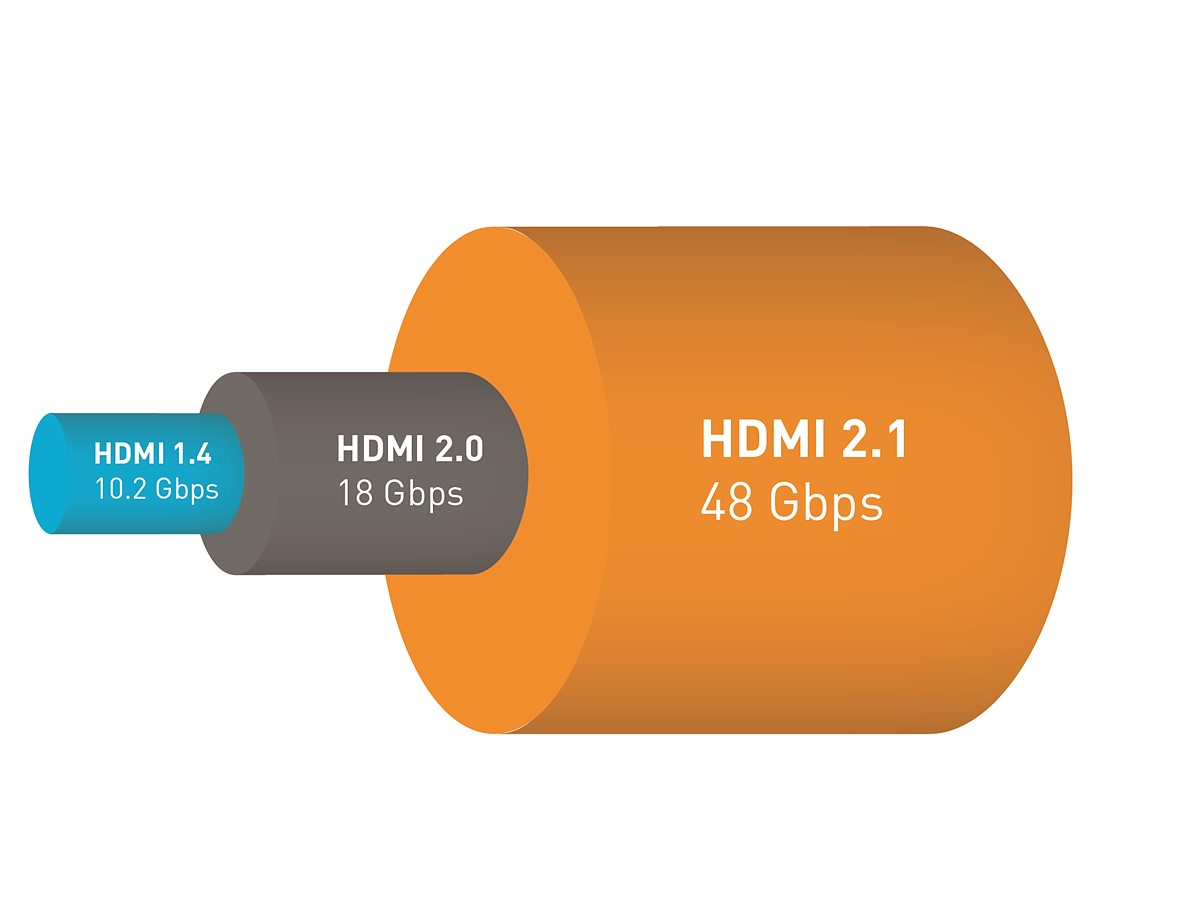
What are the differences between HDMI 2.0 and HDMI 2.1?
Here we come to the million dollar question. What are the benefits of the 2.1 protocol over the 2.0 protocol? To cut a long story short, HDMI 2.1 supports a maximum transmission rate of 48 Gbps (compared to 18 Gbps previously) and a data transfer rate of 42.6 Gbps (compared to a maximum of 14.4 Gbps previously), for example. In addition, HDMI 2.1 offers native support for 4K resolution up to high refresh rates such as 120 Hz and 144 Hz, and can handle resolutions up to 10K at 120 Hz without data loss. On the feature side, HDMI 2.1 supports dynamic HDR, variable refresh rate (VRR) and an advanced audio return channel for Dolby Atmos and DTS (eARC), plus much more, as shown in the image above.
HDMI 2.1 Made in Ricable: Meet Visus
What does Visus HDMI look like? Perhaps shorter than you would expect. HDMI 2.1 is still a relatively new technology, which does not allow for cables longer than three metres. However, there's no reason why things won't change in the future and that longer lengths will be available. In keeping with the Ricable tradition, top materials enable top audio and video transmission. In addition to OCC Solid Core monocrystalline copper for the conductors, we have used new insulators and dielectrics. This has not only made the cable more efficient, but also less rigid (flexibility is 30% higher) and bulky (gain is more than 1 mm). We have also improved the connector, for the first time in a shielded HDMI cable with a thicker shell. Visus HDMI by Ricable, after making its debut on our website, is ready to do so in your home. Find out more by clicking the button below.

